India is a land of wonders, where every corner has a story to tell. Across this vast country, you’ll find places so extraordinary that they are protected by UNESCO as World Heritage Sites. These aren’t just buildings or parks—they are treasures that show the heart, spirit, and imagination of India’s people over thousands of years.
No matter your age or where you are from, these UNESCO World Heritage Sites are gateways to adventure, wonder, and learning. They are memories waiting to happen. Get ready to unlock India’s hidden stories, discover breathtaking sights, and experience the magic that makes each of these places truly world-famous.
Top 9 India’s UNESCO World Heritage Sites
1. Taj Mahal, Agra: The Symbol of Timeless Love
No visit to India is complete without seeing the stunning Taj Mahal. Built by Emperor Shah Jahan for his beloved wife Mumtaz Mahal, the Taj Mahal is the world’s most eternal symbol of love. Crafted entirely from gleaming white marble, its beauty transforms with the shifting sun, from the gentle pink at dawn to the soft golden glow at dusk.
- Best Time to Visit: Early morning, to avoid crowds and see the monument shimmer in sunrise light.
- Travel Tip: Shoes must be removed before entering the mosque area; consider bringing socks for comfort.
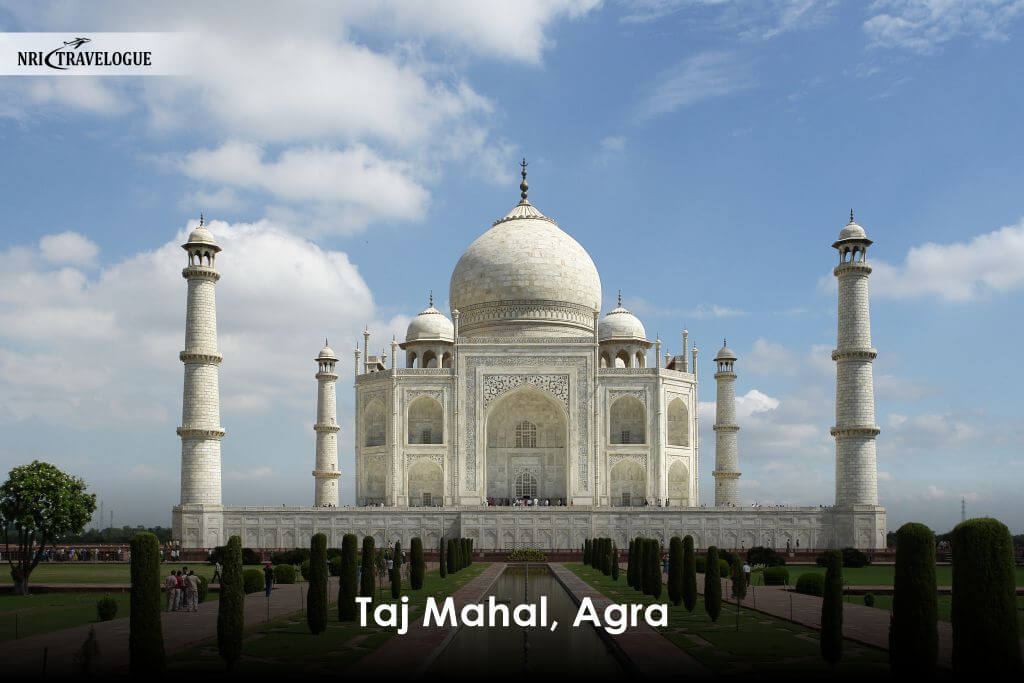
The symmetry, calming gardens, and intricately inlaid walls are designed to inspire awe and peace. Standing in front of the Taj Mahal, you feel swept up in the silent stories of devotion and loss that make this monument so special.
Insight: The Taj Mahal’s changing colors represent the moods of the emperor’s beloved. This thoughtful artistry gives an added layer of meaning to every visit.
2. Hampi, Karnataka: Lost City of Grandeur
Step into the spellbinding ruins of Hampi, and you’ll feel as if you’ve traveled back to a world of kings and epic tales. Once the capital of the mighty Vijayanagara Empire, Hampi’s giant boulders, intricately carved temples, and sprawling marketplaces reveal the splendor of South India’s past.
- Top Highlights: The stone chariot at Vittala Temple, Virupaksha Temple, and the Royal Enclosure.
- Travel Tip: Rent a bicycle or moped for easy movement between sites.
Every corner of Hampi tells a story—some of glory, some of destruction, and others of quiet wonder as the sun sets behind surreal landscapes.
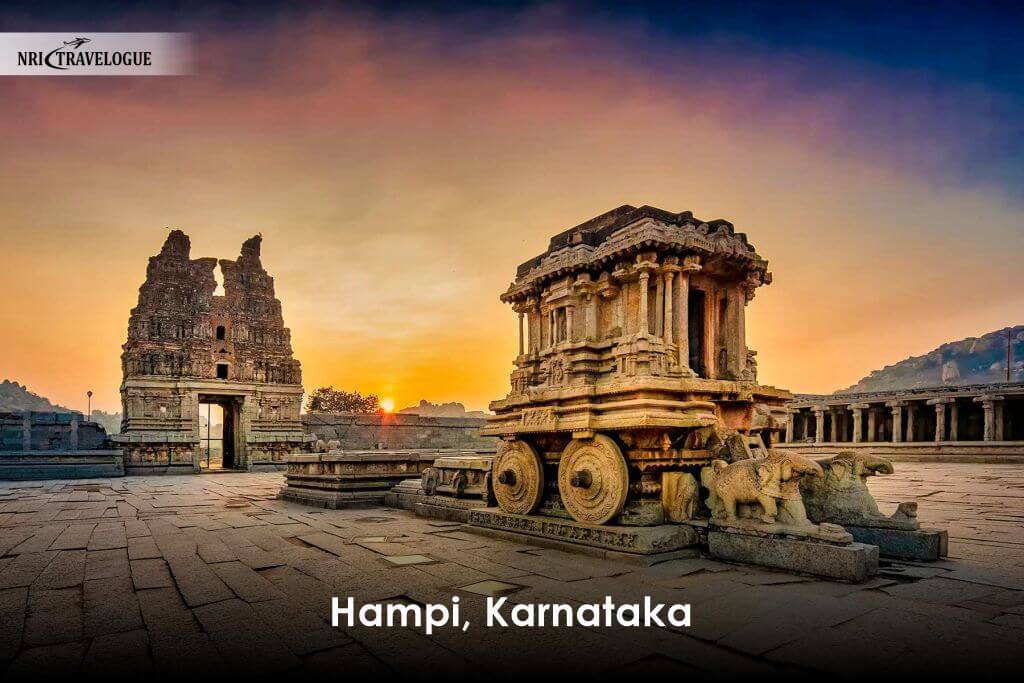
Insight: Local tales speak of undiscovered tunnels beneath Hampi, adding real-life mystery and adventure to your explorations.
3. Khajuraho Group of Monuments, Madhya Pradesh: Stones That Speak
The temples of Khajuraho are famous all over the world for their beautifully carved stone artistry. These intricate carvings depict scenes of love, everyday life, dance, music, and prayer. Built between the 10th and 12th centuries, these temples stand as testaments to the region’s artistic and spiritual wealth.
- What Makes It Special: The bold yet delicate sculptures celebrate life and human emotion in unique ways.
- Travel Tip: Visit during the Khajuraho Dance Festival for traditional performances against a historic backdrop.
Walking through Khajuraho’s temples feels magical, as if you’re following ancient footsteps and uncovering secrets etched in sandstone.
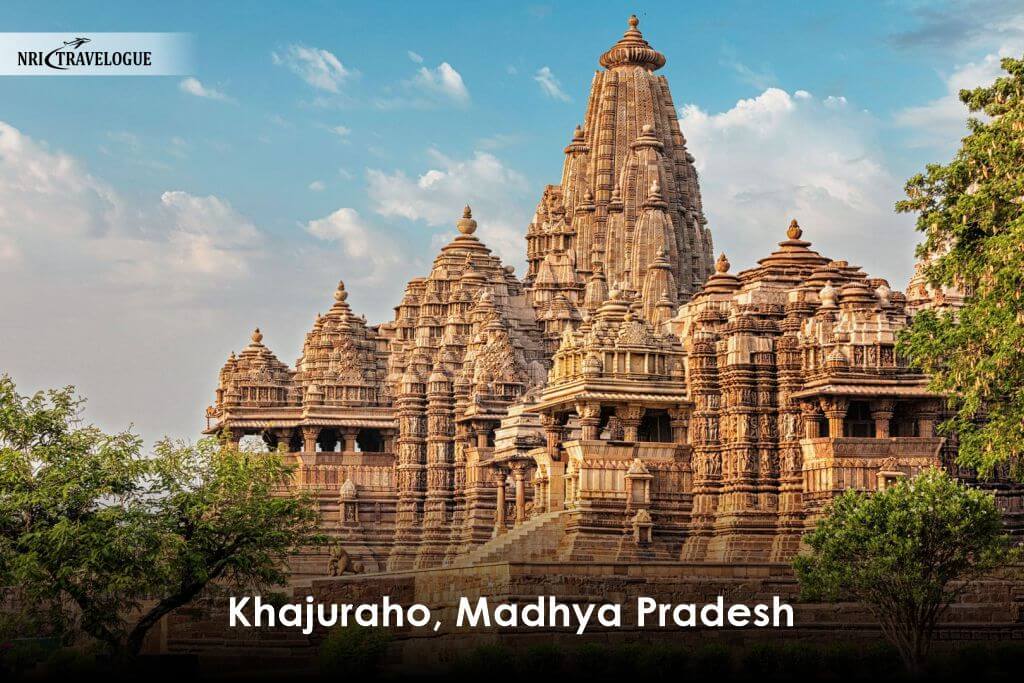
Insight: Visit during a night sky event—many temples align with celestial bodies, highlighting the scientific genius of their creators.
4. Jaipur City, Rajasthan: Royalty in Pink
Known as India’s Pink City, Jaipur is a heady blend of royal history, vibrant bazaars, and striking architecture. The city’s rose-colored walls provide a fairy-tale setting for legendary landmarks like the Hawa Mahal (Palace of Winds), Jal Mahal, and the majestic Amber Fort.
- Don’t Miss: Shopping for handicrafts in Johari Bazaar and tasting the famous Rajasthani thali.
- Travel Tip: Save time for the City Palace museum, full of artifacts from Jaipur’s royal past.
Jaipur’s lively atmosphere, beautiful palaces, and grand forts capture the royal spirit of Rajasthan and promise excitement at every turn.
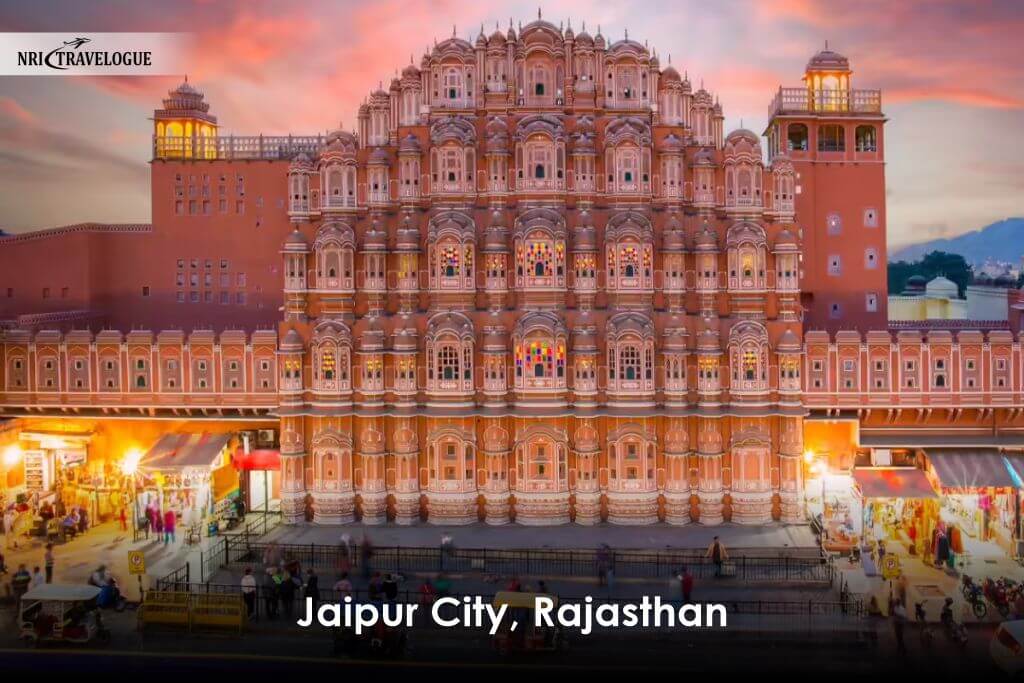
Insight: Attending the annual Jaipur Hot Air Balloon Festival reveals a colorful, jaw-dropping bird’s-eye view of Rajasthan’s royal capital.
5. Kaziranga National Park, Assam: Where the Wild Ones Roam
Kaziranga National Park is India’s wildlife jewel and the world’s sanctuary for one-horned rhinoceroses. Stretching over green floodplains and tangled forests, this park bursts with biodiversity—from rhinos and elephants to wild buffalo, deer, and over 400 species of birds.
- Best Time for Wildlife: November to April. Look for early morning jeep safaris for the highest chances of spotting animals.
- Travel Tip: Book safaris in advance, and carry binoculars for bird watching.
Kaziranga’s untouched beauty and abundant wildlife make it a sanctuary for anyone who loves nature and adventure.
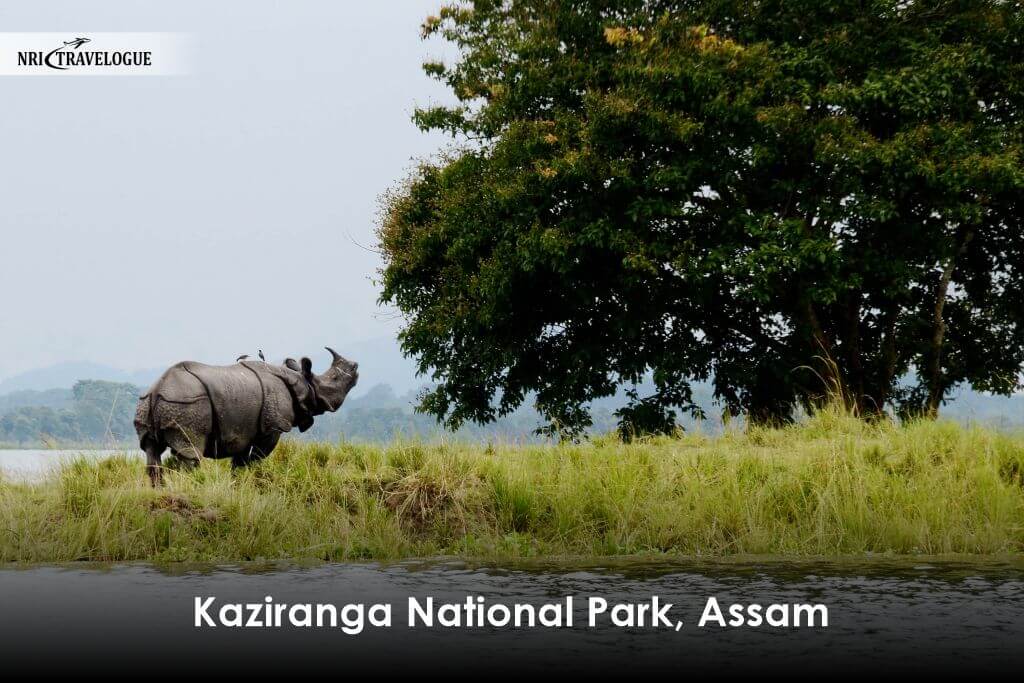
Insight: Kaziranga plays a crucial but little-known role in India’s biodiversity beyond its famous animals, making every visit a lesson in ecology.
6. Sun Temple, Konark, Odisha: A Chariot of Stone
Shaped like an enormous stone chariot with twelve impressively carved wheels, the Sun Temple at Konark is a breathtaking tribute to India’s craftsmanship and dedication to the Sun God. Every inch of this UNESCO World Heritage Site is detailed with lively scenes of mythical dancers, animals, and celestial beings.
- What to See: The intricate stone wheels, life-sized horses, and the main temple structure.
- Travel Tip: Visit in winter to enjoy the Konark Dance Festival, which showcases the region’s classical dance forms.
Standing before this marvel, you can’t help but ponder the skill and devotion of those who built it so long ago.
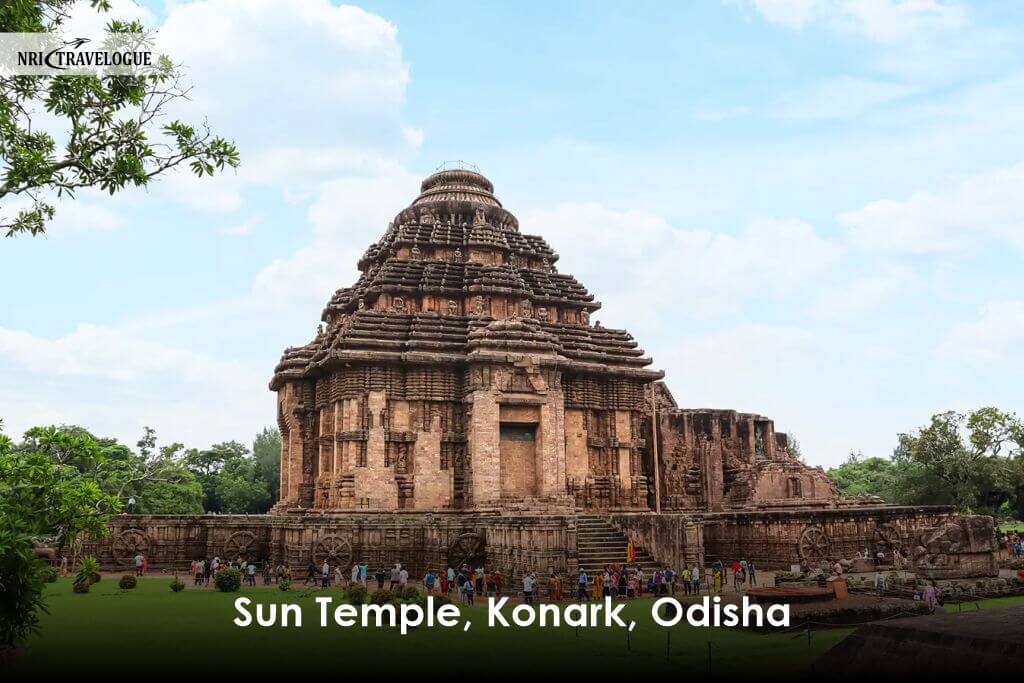
Insight: If you time your visit right, you can watch these ancient sundials working—a powerful connection to the mathematical skills of India’s ancestors.
7. Ellora and Ajanta Caves, Maharashtra: Ancient Stories Etched in Rock
The Ajanta and Ellora caves are underground marvels carved by hand into volcanic cliffs. Each cave reveals stories through Buddhist, Hindu, and Jain paintings, sculptures, and temples. Ajanta is known for its ancient frescoes, while Ellora boasts grand temples and monasteries.
- Insider Tip: Ajanta and Ellora are about 100km apart; plan at least two days for both.
- Must-See: The Kailasa Temple (Ellora), carved from a single rock, and Ajanta’s Cave 16 murals.
These caves are a stunning testament to India’s artistic ambition, spiritual growth, and technical mastery.
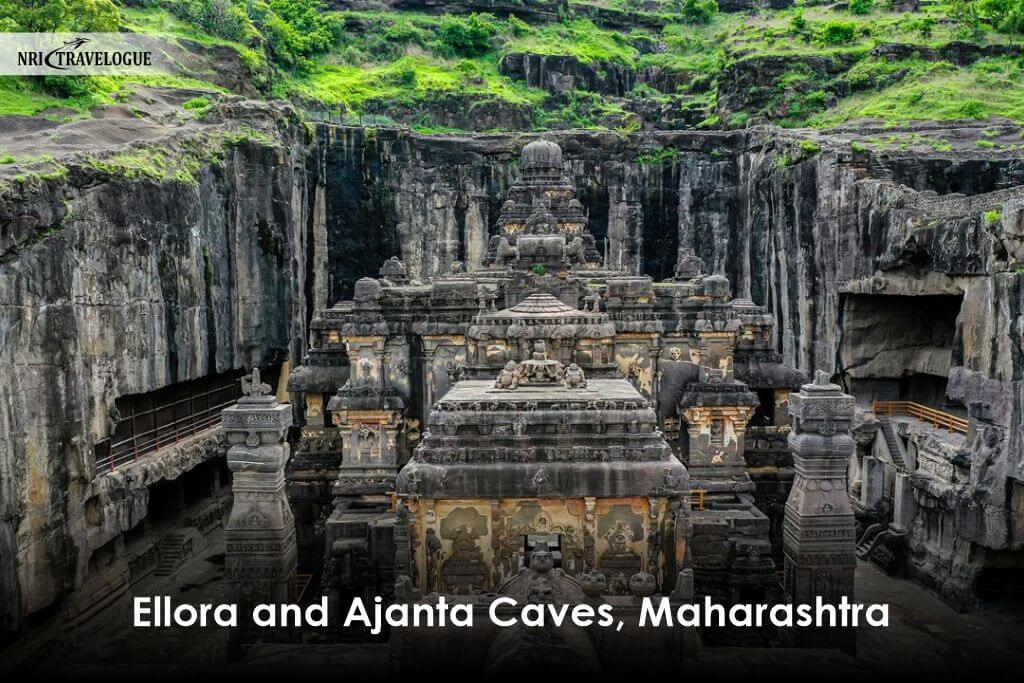
Insight: Ask your guide about these secret chambers to add an extra layer of intrigue to your cave exploration.
8. Qutub Minar and Monuments, Delhi: Tower of Triumph
Qutub Minar stands tall among Delhi’s ancient treasures. Built in the 1100s, this towering red sandstone and marble minaret is surrounded by beautiful ruins, ancient mosques, and mysterious pillars.
- Recommended Timing: Early evening, when the Qutub Minar glows in the setting sun.
- Fun Fact: The Iron Pillar nearby has stood rust-free for over 1,600 years—a wonder of ancient metallurgy.
Exploring these monuments, you’ll discover layers of history shaping India’s vibrant capital.
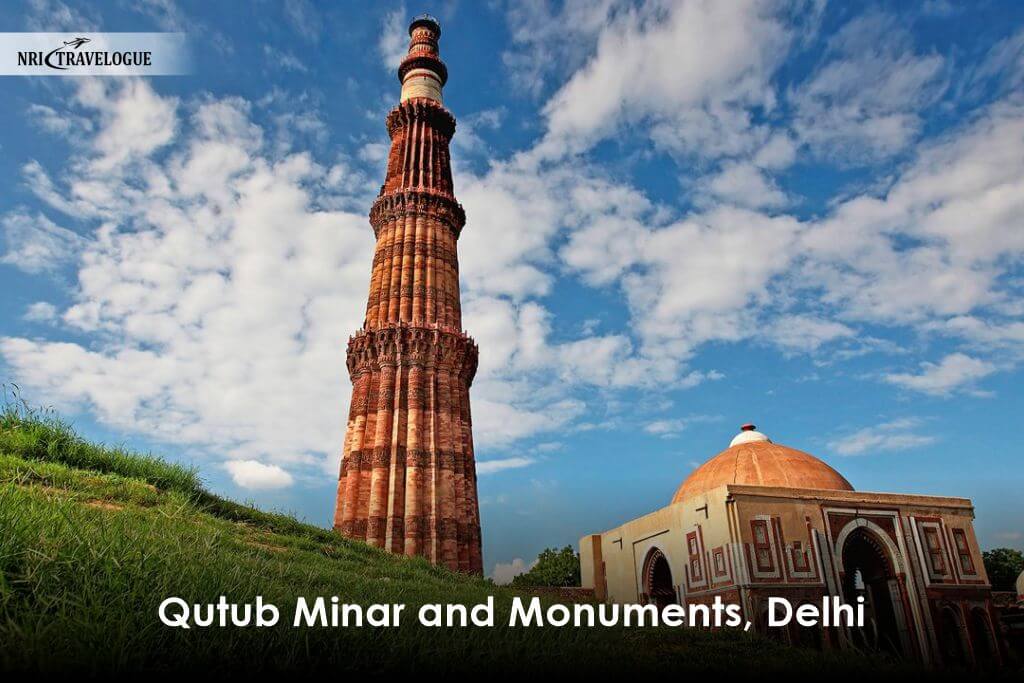
Insight: Spot the Iron Pillar, known for its rustproof composition. Scientists still study the methods used by ancient metallurgists here.
9. Great Living Chola Temples, Tamil Nadu: Temples of Glory
The grandeur of the Great Living Chola Temples is a testament to India’s temple architecture and devotion. The Brihadeeswarar Temple, often called the “Big Temple,” stuns with its towering pyramidal shape, beautifully carved sculptures, and centuries-old frescoes.
- Highlights: The massive Nandi (bull) statue, detailed murals, and the enormous granite dome on the main temple.
- Travel Tip: Visit during temple festivals for an experience alive with lights, music, and tradition.
Wandering through these temples, you’ll witness the art, faith, and cultural achievements of the legendary Chola dynasty.
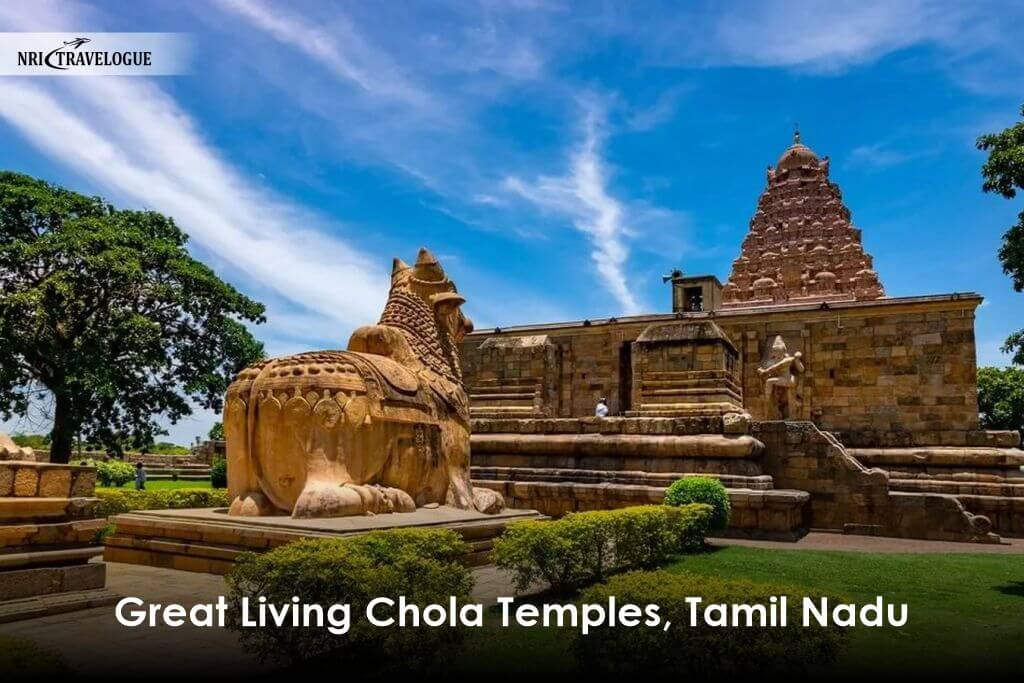
Insight: Plan your visit around one of the temple festivals, when classical dance and music bring ancient courtyards back to vibrant life.
Essential Tips for Visiting India’s World Heritage Sites
- Plan Ahead: Check official timings and entry fees for each site, and look up any festival events.
- Dress Respectfully: Wear modest clothing at temples and carry socks or slippers for areas requiring shoe removal.
- Hire Local Guides: Guides can share fascinating stories and help you notice details you might otherwise miss.
- Respect Wildlife: In parks and nature reserves, keep a safe distance from animals and avoid littering.
- Take Photos, Not Souvenirs: Preserve memories through your camera, not by removing natural or historic items.
Conclusion
India’s UNESCO World Heritage Sites are much more than just famous landmarks. They are special places where you can truly see and feel the heart of India. Each site is like a doorway into a different story — a tale from the past waiting to be discovered by you. When you visit the shining Taj Mahal, you learn about a deep and beautiful love. Walking through the lively city of Jaipur, you sense the grandeur of India’s royal history. Exploring the peaceful grasslands of Kaziranga National Park, you come face to face with wild animals and the beauty of nature.
Are you ready to start your journey and discover new adventures? Open your eyes to India’s amazing history, art, and wild places. Pack your curiosity and set foot on a path through these World Heritage Sites. Let each one inspire you, fill you with awe, and give you memories that last a lifetime. These treasures are waiting for you—come and experience the wonders of India yourself!
UNESCO World Heritage Sites are landmarks recognized for their cultural, historical, or natural significance. They reflect global heritage and are protected for future generations. In India, they showcase the country’s rich history and diversity.
As of 2025, India has 42 UNESCO World Heritage Sites, including cultural, natural, and mixed sites. These range from ancient temples and forts to national parks and railways. Each offers a unique travel experience.
The ideal time is between October and March, when the weather is cooler and pleasant. However, some sites like hill forts or Himalayan regions are also great in summer. Avoid peak monsoons for outdoor heritage tours.
Yes, most sites are well-maintained with guided tours, signage, and nearby facilities. They’re great for families, solo travellers, and international tourists. English audio guides are available at many major monuments.









